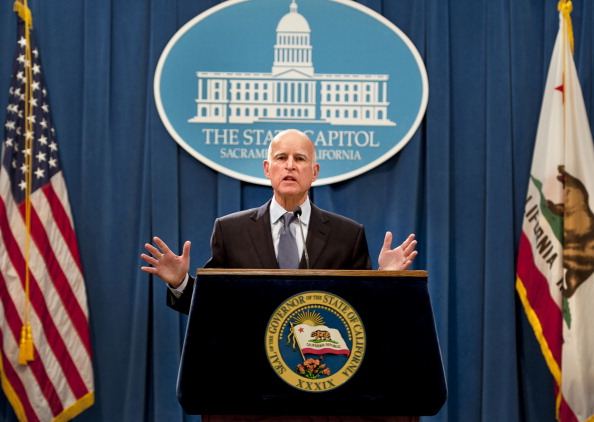
Sacramento is flush with cash. That’s no typo – for the first time since the end of the dot-com boom, the Legislative Analyst’s Office is projecting multibillion dollar cash surpluses over the coming fiscal years.
The LAO’s report on California’s fiscal outlook serves as an unofficial start to next year’s budget cycle, which will kick off in early January when Gov. Jerry Brown unveils his proposed state budget. The LAO predicts Brown and lawmakers will have a lot of money to work with: a projected $2.4 billion surplus next year, and another $3.2 billion in extra revenue in 2015.
Where did the extra money come from? Analyst Mac Taylor credited three factors: “We finally have an economic recovery — the best way to grow yourself out of problems,” he said. “We had [tax measure] Proposition 30, which has obviously provided relief and revenues. …And all of the efforts the legislature took during the bad years, of slowing the growth in many programs, and in some cases taking reductions in programs.”
That includes this year’s relatively conservative state budget, which Brown built on cautious tax estimates.
But Taylor is telling lawmakers not to get too excited about the additional income. The LAO’s report warns things can always turn south quickly, so the office is recommending the legislature use the surplus to build up a rainy day fund and pay down California’s debt.